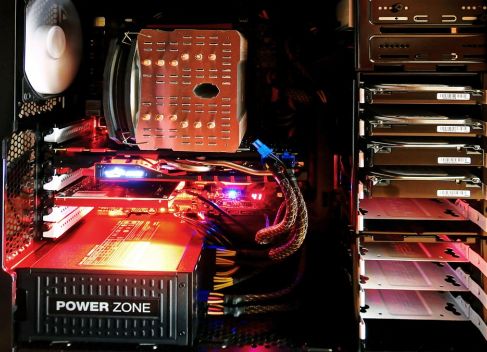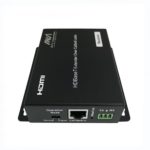How to Buy a Graphics Card: 5 Things to Know

1080p movies, high quality images, video games, software applications, music players, documents… computers/laptops are performing a lot of functions at once. You can view these on your monitor without any glitches and upgrade to higher quality images/videos/graphics. A graphics card is one that will make this possible by converting the huge amount of data involved into signals for the monitor. The more powerful and decked up a graphics card, the faster the processing. It is so essential in laptops and computers that almost all users these days have an additional graphics card in their devices. Especially gamers and video editors who deal with a lot of quality images/videos and graphics need graphics card the most. There are a lot of things one needs to look for while buying one and this article will list out 5 of the most prominent ones.
1. GPU
GPU is the core of a graphics card and GPU stands for graphics processing unit. The capability and performance of a graphics card is determined by how powerful the GPU is. The GPU basically converts each bit of data into a processed imagery for the monitor to display. Without a powerful GPU it is impossible for gamers and video editors to play high quality images and video. AMD and NVIDIA are two of the most popular and trusted graphics card manufacturers. These manufacturers offer a number of different GPUs with varying performance and cost.
2. FPS
FPS stands for frame per second and higher the frame per second required the video/graphics, higher the performance required by the graphics card. Especially for gamers who have a live stream of high quality video with great FPS in their games, having a graphics card that can offer this FPS is very important. The card must be able to accommodate to each game and graphics of different fps and deliver accordingly.
3. RAM
Graphics cards have their own separate memory known as the graphics memory, whose capacity varies from 512MB to 8GB. Higher the RAM, higher the performance offered by the graphics card. Typically a minimum of 1GB of memory is seen in most of the cards today and this minimum tends to vary with different users and their activities.
4. Output Support
The output imagery of the graphics card can be supplied to a wide array of monitors. In order to be compatible with these different monitors, cards these days have at least 2 different output connections and have a maximum of 4 that includes VGA, DVI, HDMI and DisplayPort. While HDMI is one of the most popular ones in today’s time, one can expect DisplayPort in the new generation monitors.
5. Monitor Support
There are times when you have to connect multiple monitors to a single CPU and graphics card. In order to have a seamless transmission across all the monitors at the same time, the card should have multiple monitor output connections. Gamers and video editors would normally use more than 2 monitors and this feature becomes one of the most important for them.









